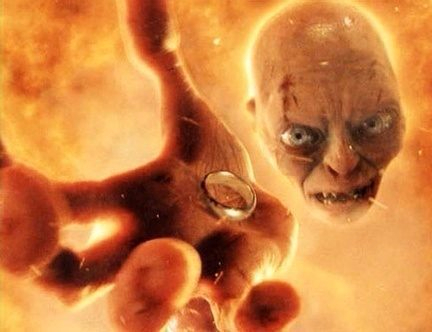
It is called the Schmidt Pain Index and is the work of Justin O. Schmidt, who has been stung by 78 types of venomous insect and documented his experiences.
The stings are ranked from 0, which is quite harmless, to a 4 which is excruciatingly painful. Alongside the numerical rating of the stings, Schmidt also writes a sentence or two about his experience, for example the Bullet Ant, rated the highest on the scale, features the following sentence: “Pure, intense, brilliant pain. Like fire-walking over flaming charcoal with a 3-inch rusty nail grinding into your heel.”
The Bullet Ant is rated highest on the pain index, as it is not only excruciatingly painful but the pain can remain just as intense for up to 5 hours after being stung and can remain for up to 24 hours.










